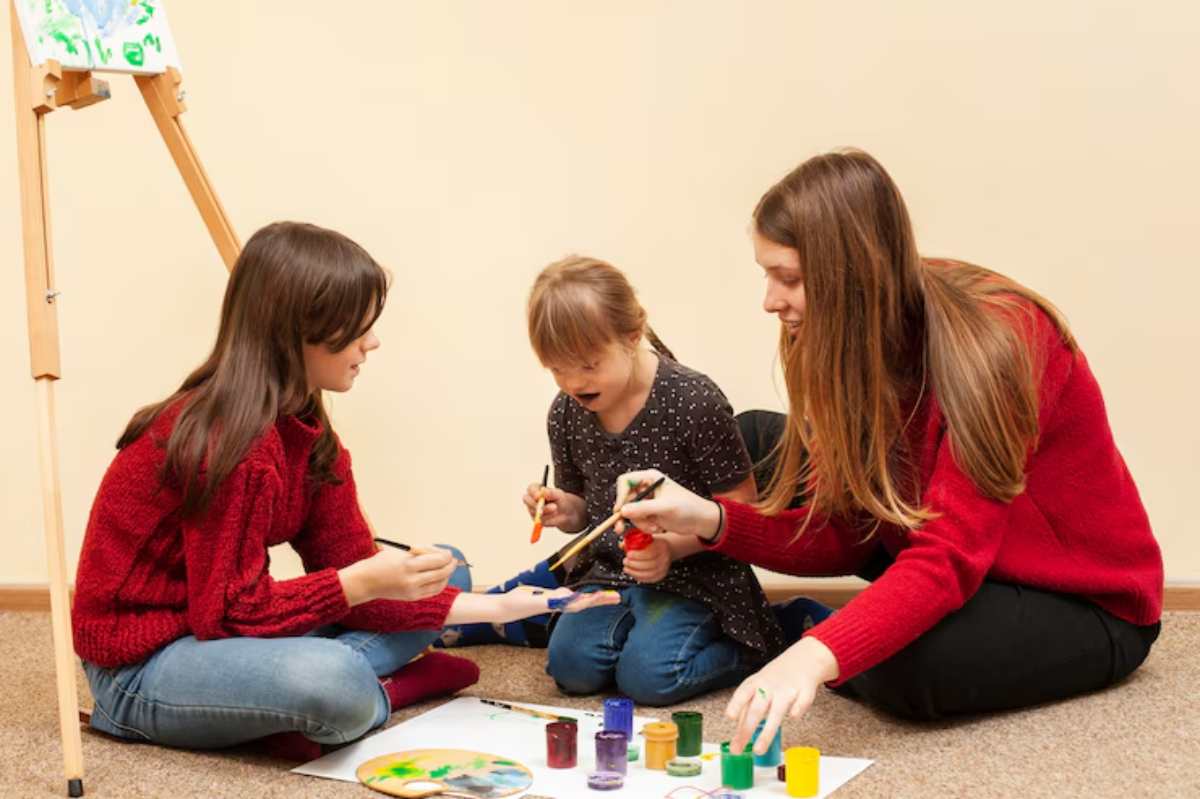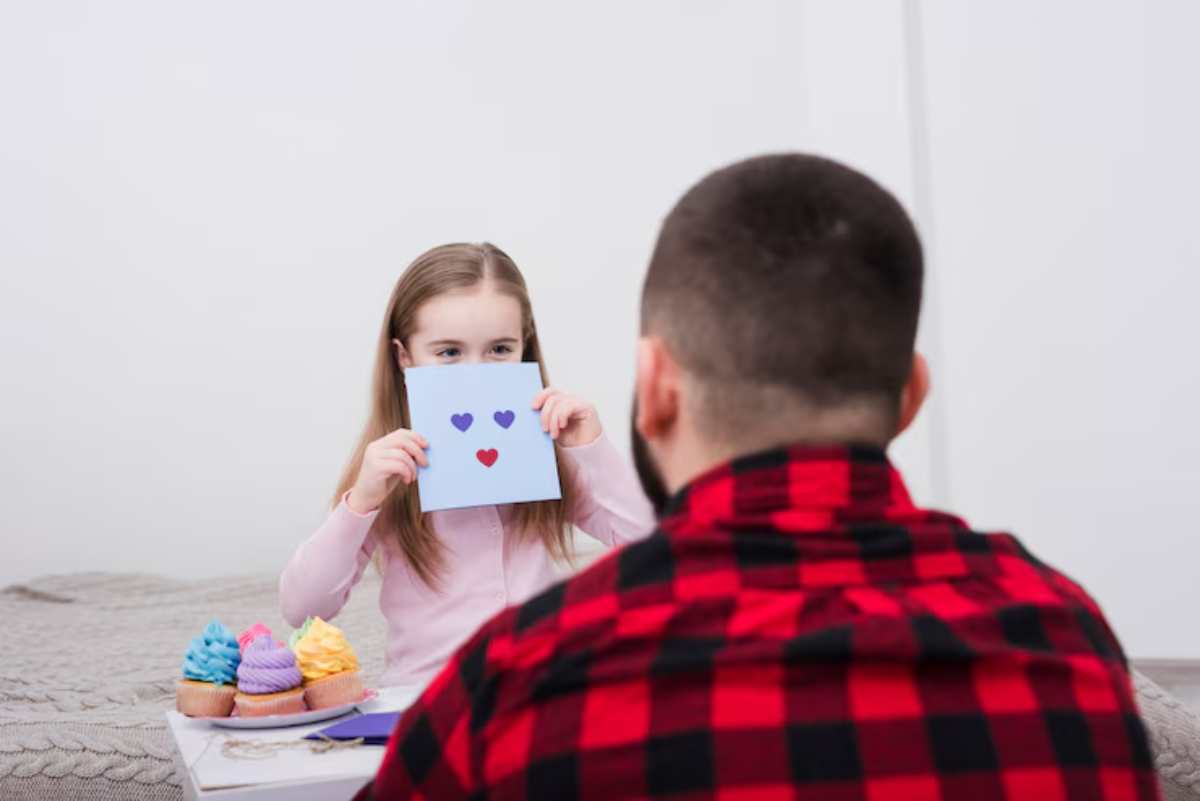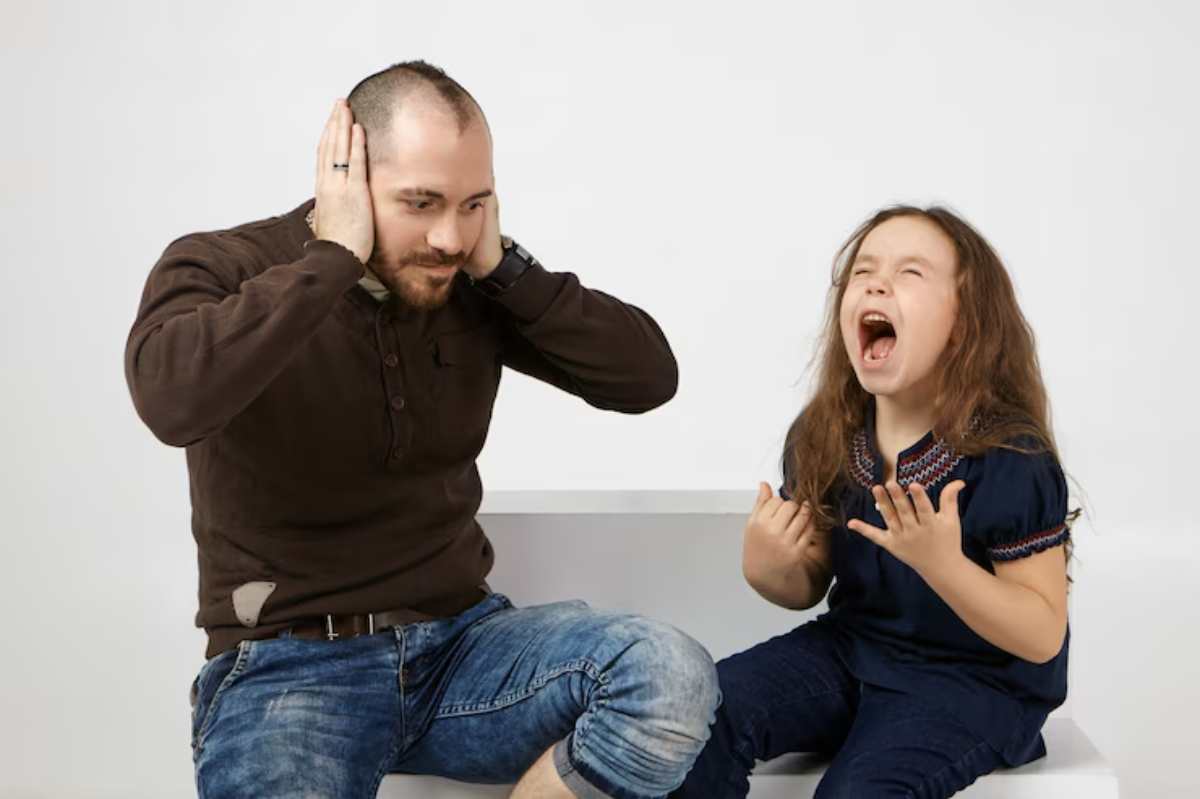
Helping Children Manage Frustration and Anger
All kids get frustrated and angry—these are normal, healthy feelings. But without sufficient guidance, they usually display them through outbursts, defiance or withdrawal. It is up to parents and caregivers to help children build emotional regulation skills. This method allows kids to manage difficult emotions more effectively.
Teaching children to deal with anger and frustration isn’t about ridding them of those feelings. It’s about allowing them to comprehend and articulate these feelings in a safe way.” This blog offers advice, tips, and common pitfalls to avoid. By being helpful, you can support your child in overcoming emotional challenges.
Why It Matters
Emotional Regulation Is a Lifelong Skill
Frustration and anger are among the first big emotions children feel intensely. When left unchecked, these feelings can manifest in tantrums, aggression, or internalised stress. But when managed well, they teach children about boundaries, problem-solving, and resilience.
Early Intervention Shapes Emotional Patterns
The way children learn to cope with emotions in early childhood often sets the tone for how they handle conflict and stress later in life. Teaching kids to recognise triggers helps them express feelings calmly. This skill lets them bounce back from anger. These lessons build a strong foundation for lasting emotional intelligence.
Untreated Anger Can Affect Relationships and Learning
When kids don’t have tools to manage anger, it can impact their friendships, school performance, and family dynamics. Emotional coaching at home can stop behavioural problems. It also makes a better space for growth.
Key Benefits
1. Improved Communication and Expression
When children can explain how they feel instead of acting out, they’re more likely to get their needs met. Teaching emotional language, like “I feel frustrated because…,” helps bring clarity. It also reduces feelings of being overwhelmed.
2. Stronger Self-Control and Decision-Making
Anger often makes kids impulsive. Emotional regulation gives them the ability to pause, think, and make better choices—even when they’re upset.
3. Enhanced Social Skills and Peer Relationships
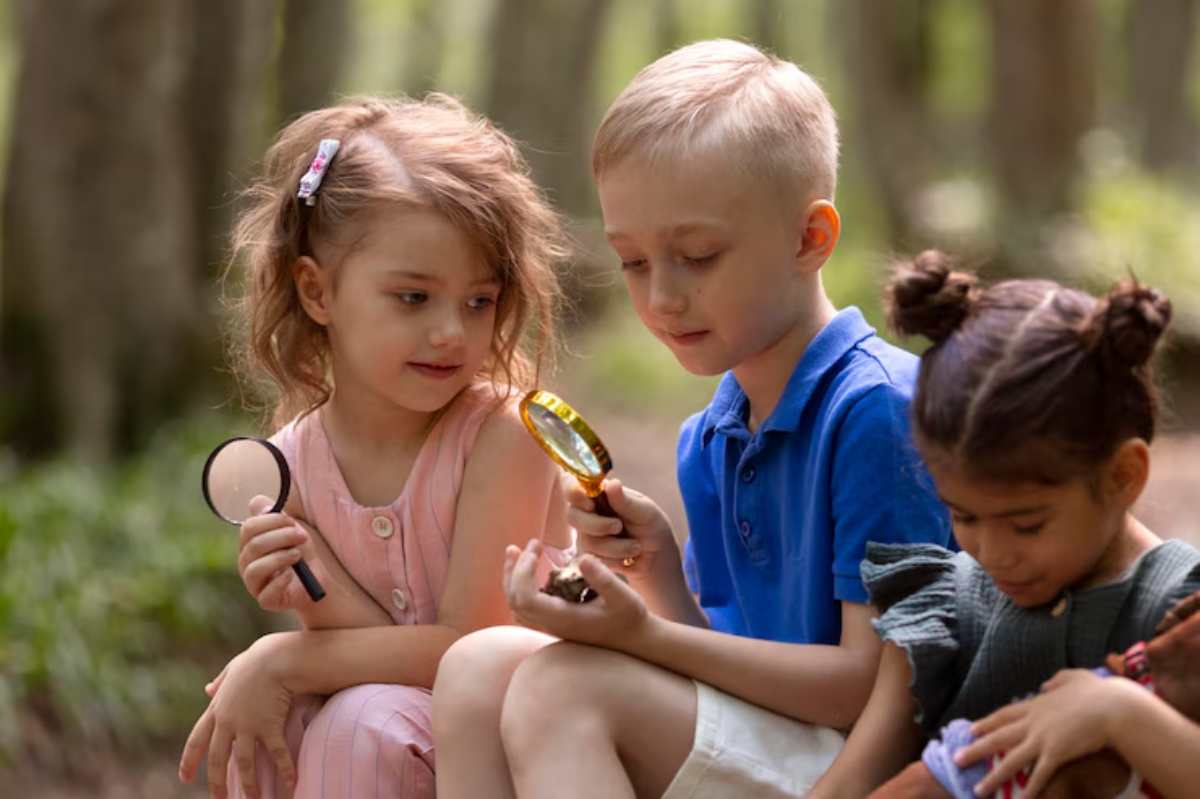
Children who manage frustration well tend to experience fewer conflicts with peers. They’re better able to share, compromise, and handle losing or not getting their way.
4. Greater Resilience and Confidence
Kids who learn how to bounce back from frustration gain confidence in their ability to face future challenges. They become more adaptable and less fearful of failure or setbacks.
Additional Expert Tips & Common Mistakes to Avoid
Expert Tips for Supporting Your Child
1. Teach Emotional Vocabulary
Label emotions regularly to help your child identify what they’re feeling. Use picture books, feeling charts, or daily check-ins. These tools help reinforce words like “frustrated,” “disappointed,” and “overwhelmed.”
Try saying: “It looks like you’re feeling really frustrated. Let’s talk about it.”
2. Practice Calm Responses Yourself
Children mirror adult behaviour. If you respond to their anger with shouting or frustration of your own, it reinforces reactive behaviour. Instead, model calm, measured responses.
Example: “I see you’re upset. Let’s both take a deep breath and talk about what happened.”
3. Set Clear and Consistent Boundaries
Let children know that while all feelings are okay, not all behaviours are. Create simple rules like “It’s okay to feel angry, but not okay to hit or scream.” Reinforce boundaries calmly and consistently.
4. Use “Time-Ins” Instead of Time-Outs
Rather than isolating your child when they’re angry, stay nearby and guide them through calming techniques. This builds trust and teaches regulation through connection, not separation.
5. Offer Tools to Cope
Introduce healthy coping strategies your child can use when they feel overwhelmed. These can include:
- Deep breathing
- Squeezing a stress ball
- Drawing or journaling
- Taking a break in a calm space
Common Mistakes to Avoid
Ignoring the Emotion
Minimising anger with phrases like “It’s not a big deal” or “Calm down” can make children feel unheard. Instead, validate their feelings and help them work through them.
Overreacting to Outbursts
While it’s important to maintain boundaries, reacting harshly can escalate emotions. Stay composed and focused on guiding your child back to calm.
Expecting Immediate Change
Emotional regulation takes time. Don’t expect your child to master it after one conversation. Keep teaching, modelling, and practising consistently.
Advanced Insights and Expert Recommendations
Tailor Your Approach to Your Child’s Age
Young Children (Ages 2–6)
Keep instructions simple and visual. Use stories, puppets, or play to demonstrate calming skills. At this age, routines and predictability are powerful tools to prevent frustration.
Tip: Give choices to help toddlers feel more in control: “Would you like to take a deep breath or go sit in your quiet spot?”
Elementary-Aged Kids (Ages 7–11)
Help children reflect on their emotions after the fact:
- “What made you feel so upset?”
- “What could we try next time instead of yelling?”
Introduce basic problem-solving skills and encourage ownership of their actions.
Preteens and Teens
Older kids can handle more abstract discussions about triggers, self-awareness, and long-term consequences. Let them contribute ideas for coping strategies and support them in evaluating what works for them.
Use Visual Aids and Tools
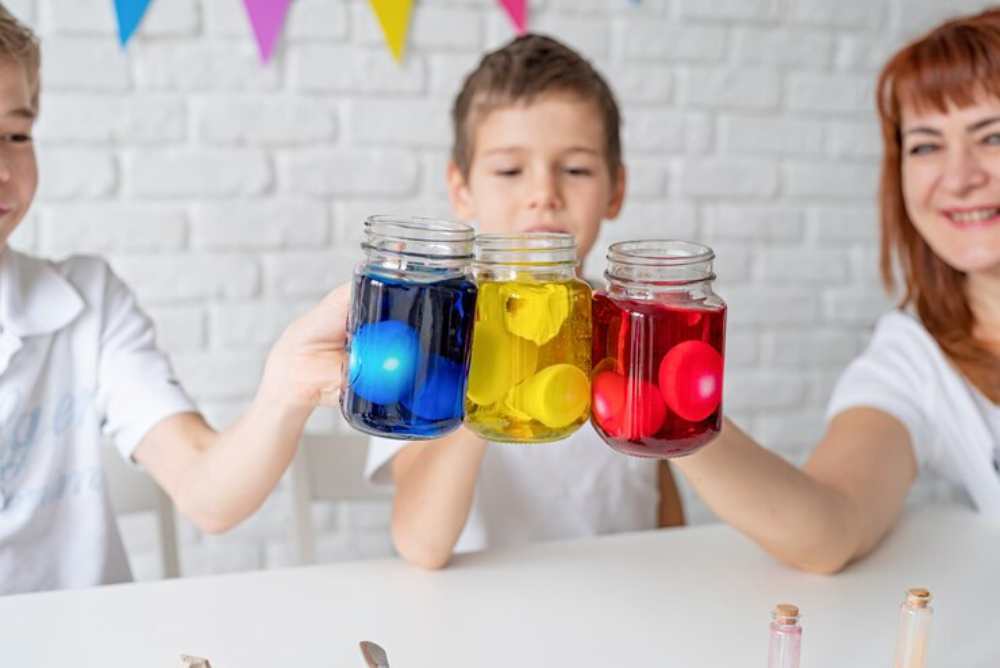
Children often respond well to visual reminders. Consider creating a “calm corner” at home with:
- A feelings chart
- Fidget toys or calming jars
- A list of calming strategies
Let your child help build the space so they feel ownership over it.
Understand the Role of the Brain
When children are angry, their logical brain is often “offline.” The part of the brain responsible for reasoning (the prefrontal cortex) is overpowered by the emotional brain (the amygdala). Trying to reason during a meltdown usually backfires. Wait for the storm to pass, then reflect and teach.
Know When to Seek Professional Help
If your child often has intense anger, it might be time to talk to a child psychologist or counsellor. This is especially important if their anger affects daily life at home or school. Sometimes, underlying issues like anxiety, trauma, or sensory processing difficulties play a role.
Building Emotional Strength for a Brighter Future
Teaching children how to deal with frustration and anger is not a control thing. It’s about equipping them with the skills to succeed. When kids can identify their feelings and know they can express them safely, they feel supported by adults. This helps them gain confidence and near the ability to face life challenges.
Emotional regulation is a skill that takes repetition and love. Your being there, teaching, and presence leave an indelible mark. Your child won’t just learn to manage anger with your support, they’ll learn emotional resilience that will benefit them for a lifetime.

